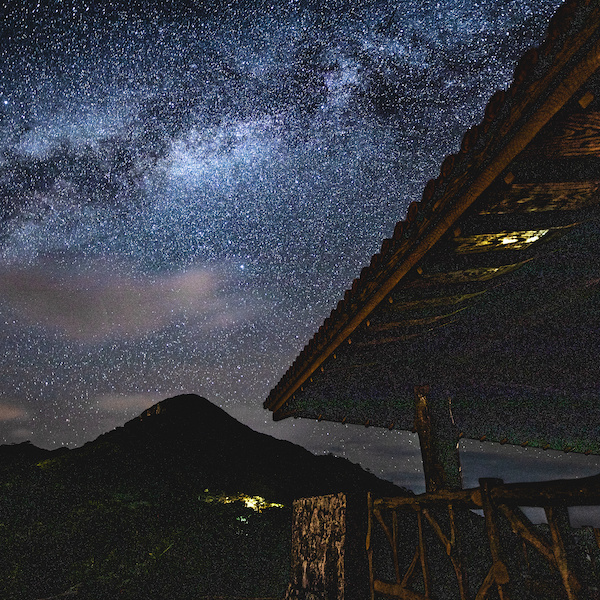Our textile designs are always inspired by the nature, flora and fauna of Yaeyama.
Nirai-Kanai
In Okinawa, it is said that beyond the sea there is a paradise called Nirai-Kanai where the gods live, and the gods visit the island and bring happiness to the people. We expressed the feelings of people longing for such a paradise.

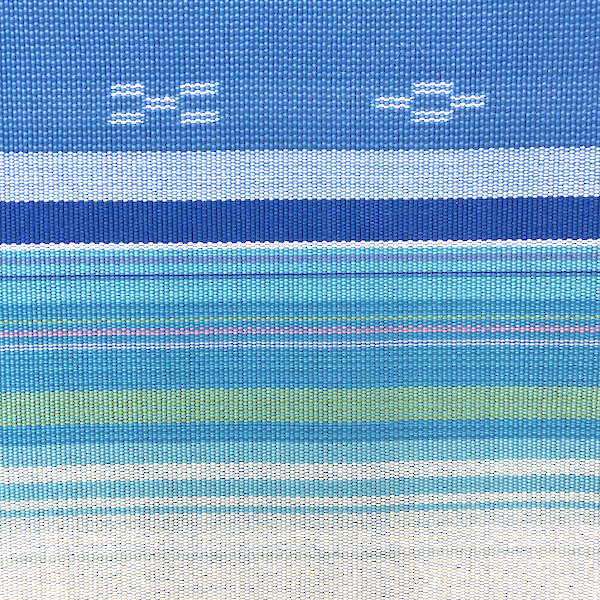
Tida Aya (Vivid warm colors created by the rays of the sun on the horizon)
People’s emotions are evoked by the scene, which is colored warmly and vividly by the sun’s rays as they approach the horizon.
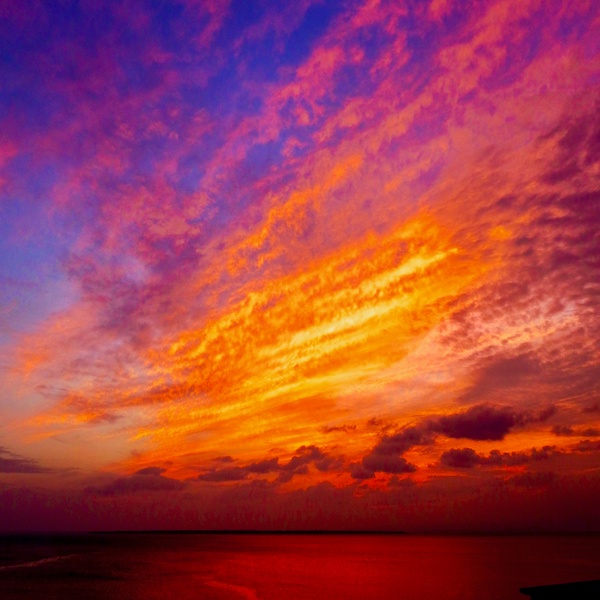
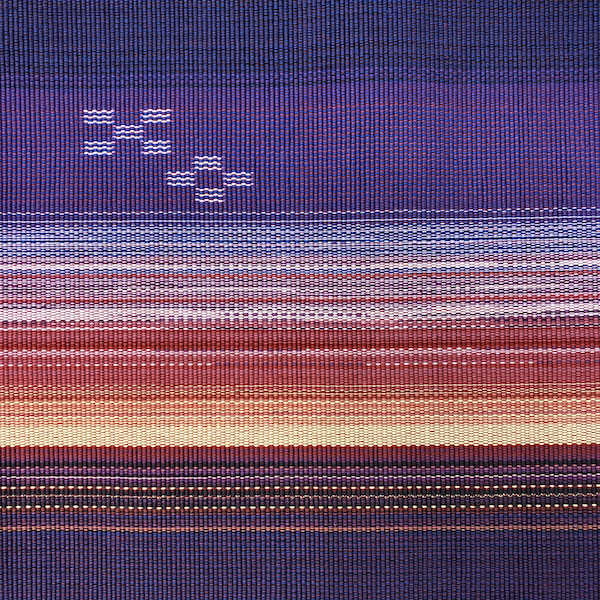
Night Jasmine
Cestrum nocturnum is also called night jasmine because of its fragrant white flowers that bloom at night, close in the morning, and bloom again at night.

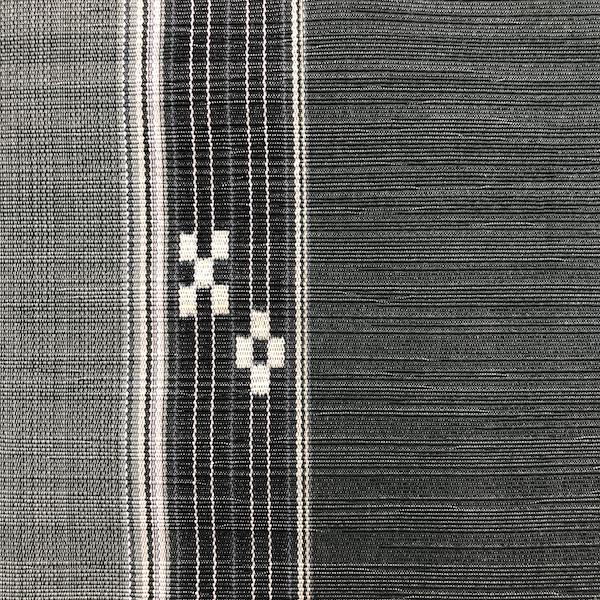
Tumoru
In Yaeyama dialect, the word “sea” is known as “tumoru,” and the Kasuri pattern is used to depict the deep, broad seas of Yaeyama as well as the fish swimming in the ocean.
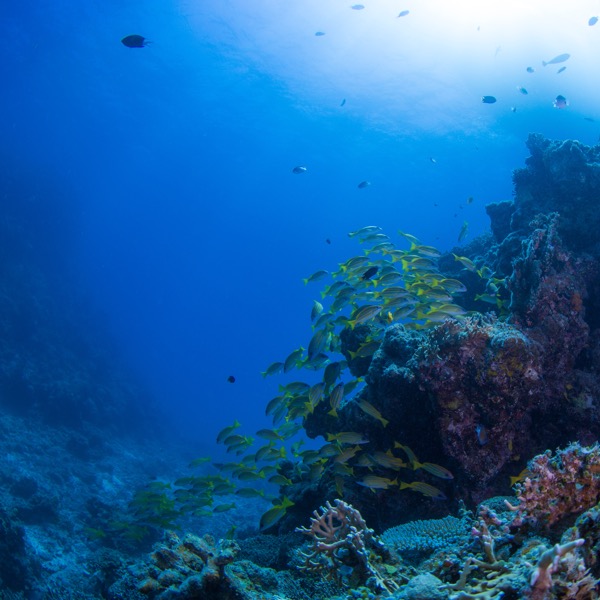
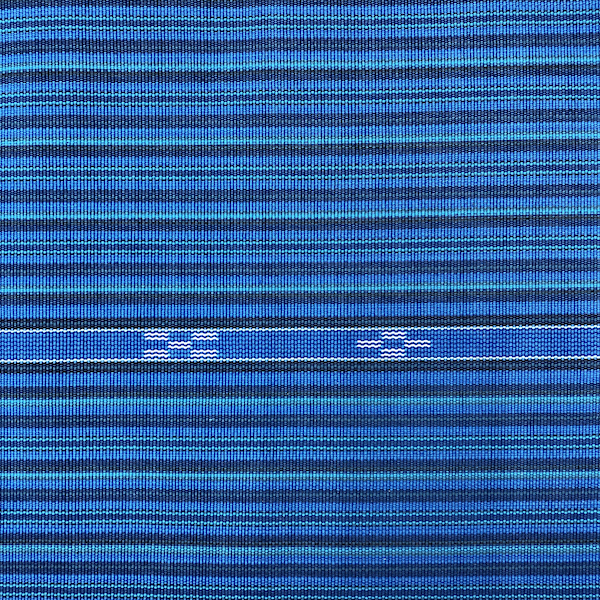
Yugafu
The word “yugafu” expresses the hope that the god of Nirai-Kanai will bring about a plentiful harvest. It is a color that is used to express the image of a bountiful harvest of rice.
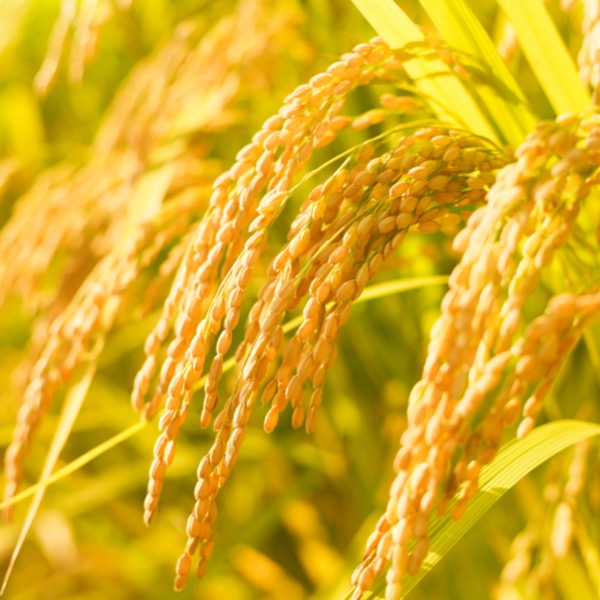
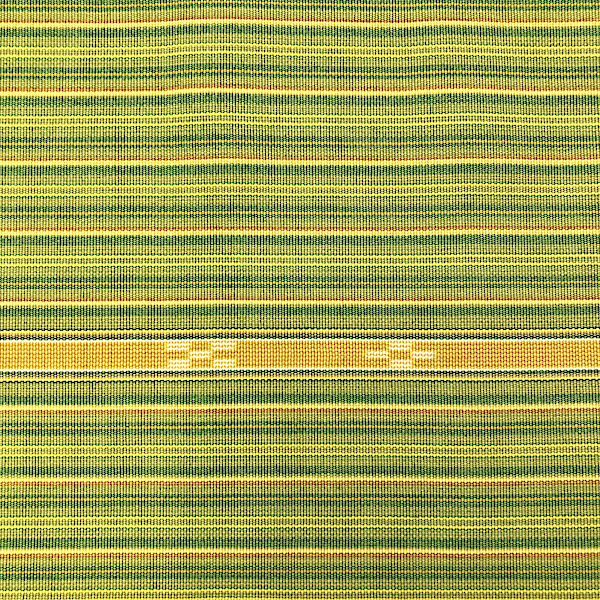
Sea Green
This textile was created to commemorate the opening of the Urasoe Parco store.
The colors are inspired by the ocean seen from Okinawan beaches, which look green due to the shallow waters near the white sandy beaches.
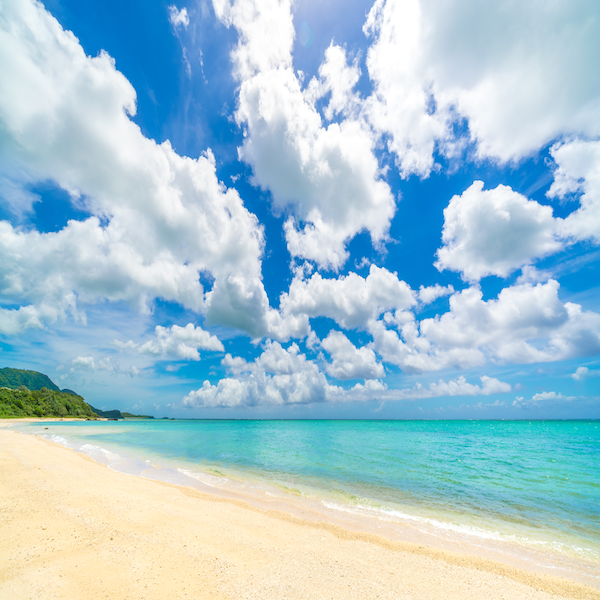
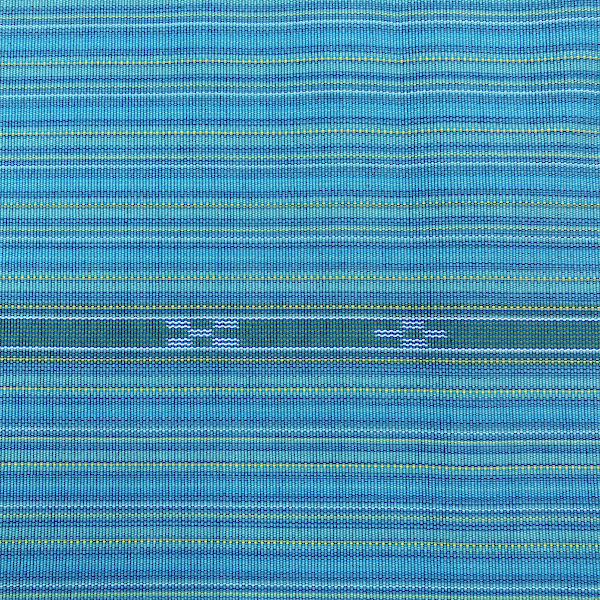
Ayapani
The crested serpent eagle is a wild bird found only in the Yaeyama Islands. Its wing pattern, called “Ayapani,” is said to be the most beautiful among Japanese eagles and hawks.
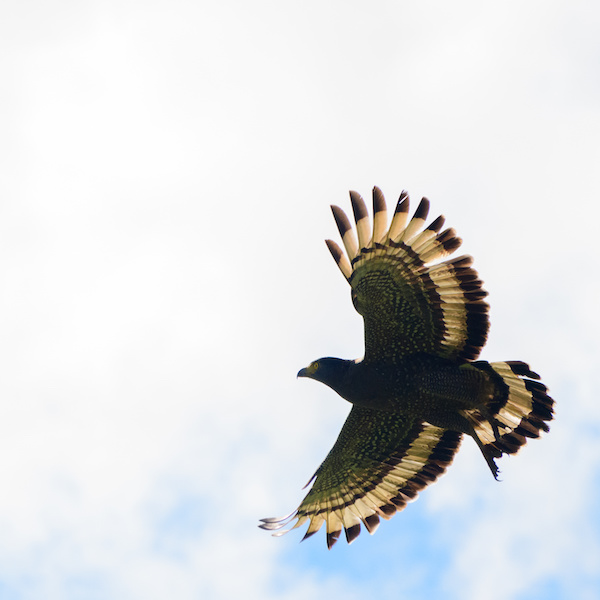

The Ryukyu Ruddy Kingfisher, “Kokkara”
The Ryukyu Ruddy Kingfisher is characterized by its bright red beak and the loud descending rattle it makes on breeding grounds. In Ishigaki Island, it is more commonly known as “Kokkara.”

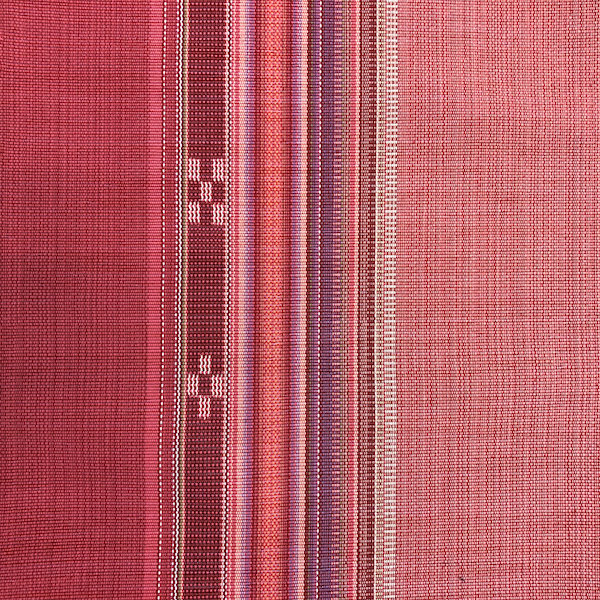
Summer Flowers
In Yaeyama, there are many colorful flowers such as hibiscus and bougainvillea. We pictured a clear blue sky with flowers in full bloom.
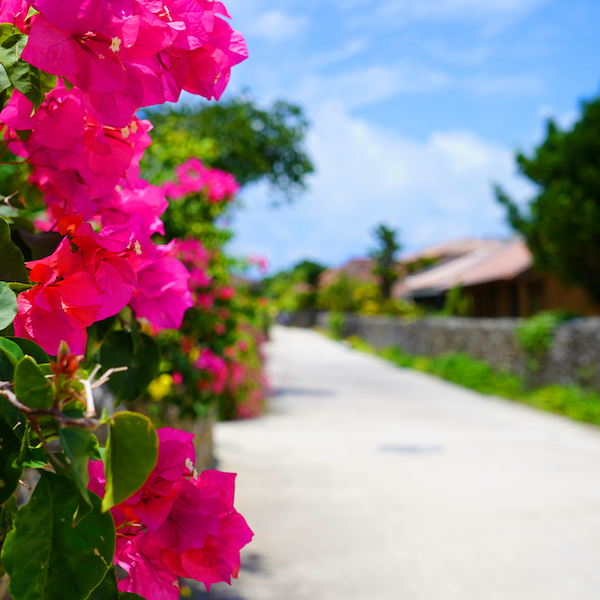
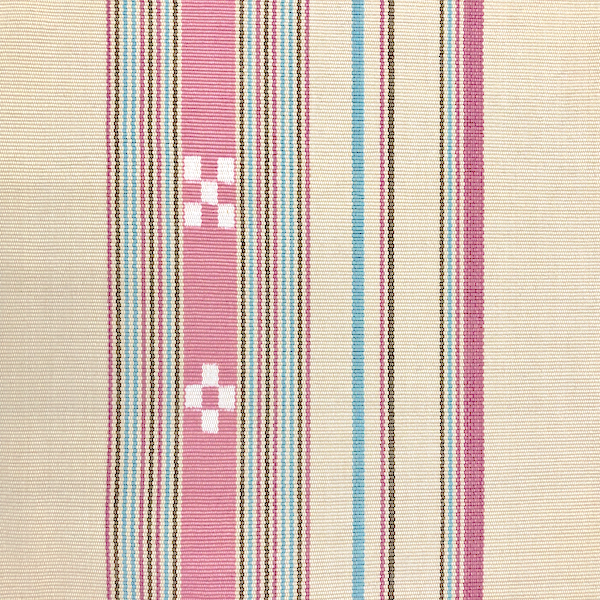
Melastoma Candidum
Early in the summer, Melastoma candidum blooms pinkish-purple flowers. It is a beautiful plant that grows wild and is commonly seen on Ishigaki Island.
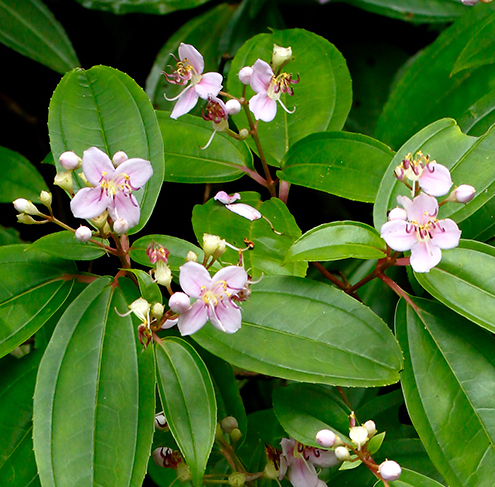
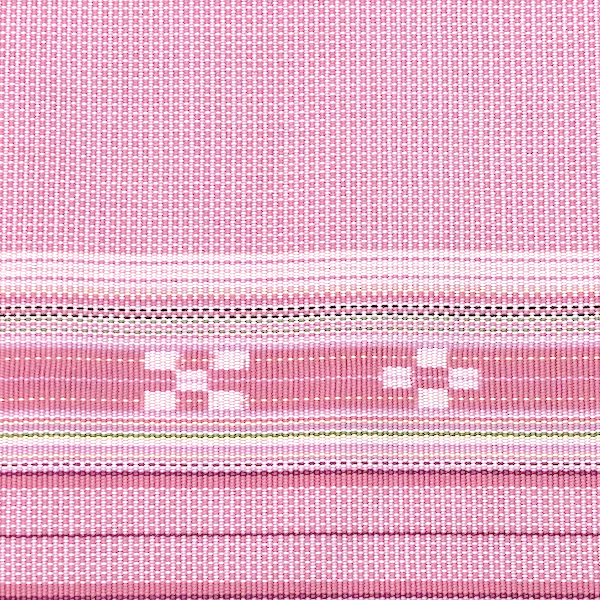
Kanasa
Kanasa means “lovely” in the Okinawan dialect. The Kasuri pattern and the soft pastel colors gently arranged next to one another reflect the beauty of the design.
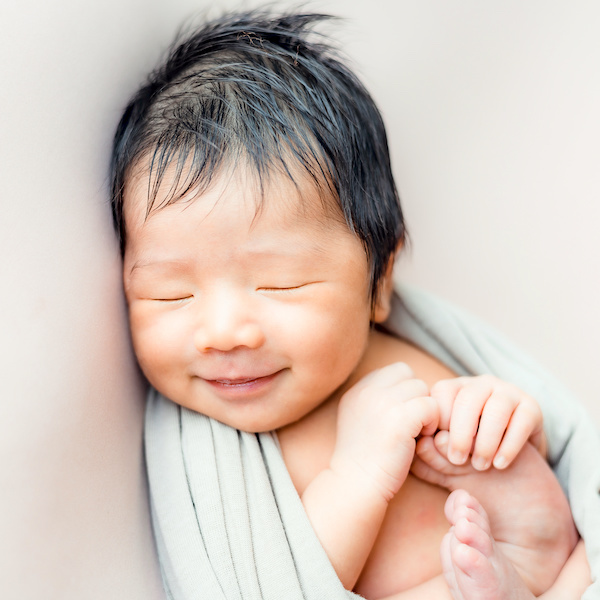
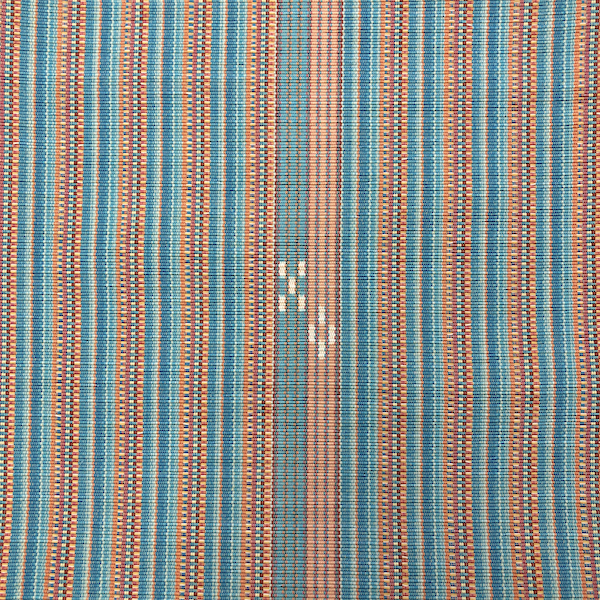
Hichigara
The “Ichimatsu” checkered pattern is expressed through weaving. Pavement tiles, known as Hichigara in the Okinawan dialect, were frequently discovered in front of Shurijo Castle’s Seiden Main Hall before the war.
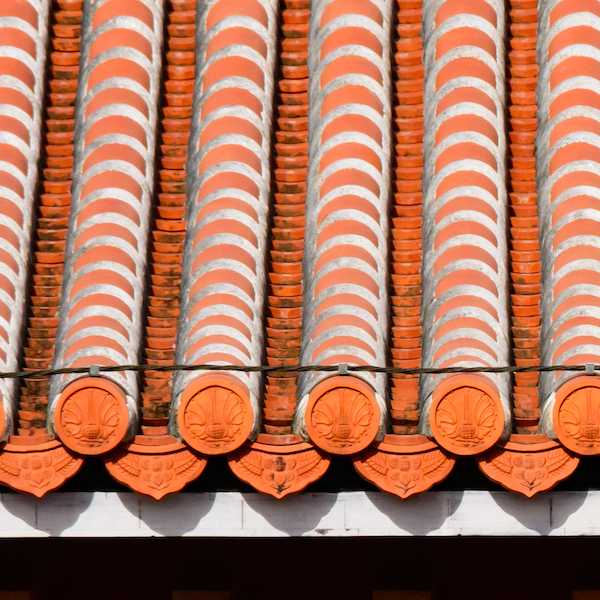
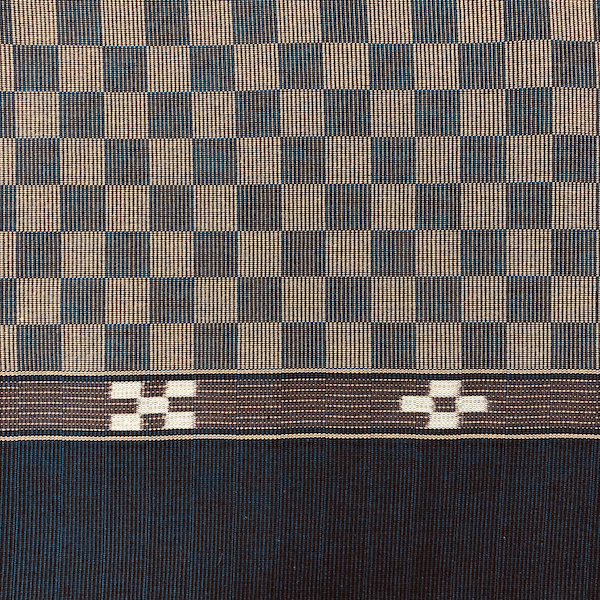
Shurijo Castle
Shurijo Castle is a symbol of Okinawa. The textile reflects the history and culture of Okinawa through the castle.
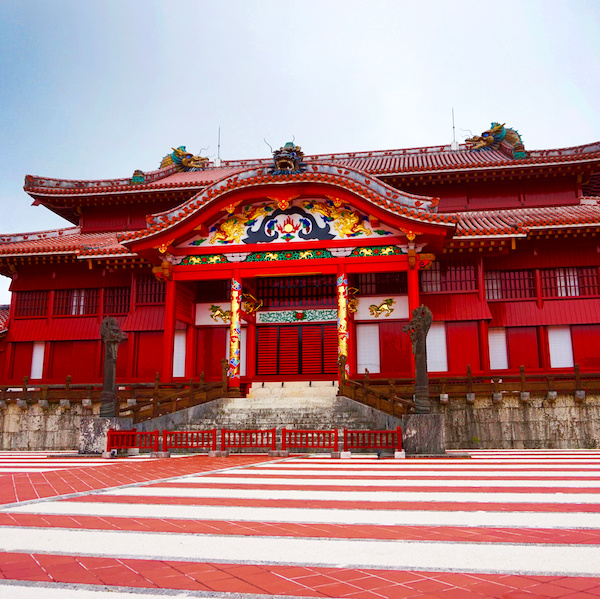
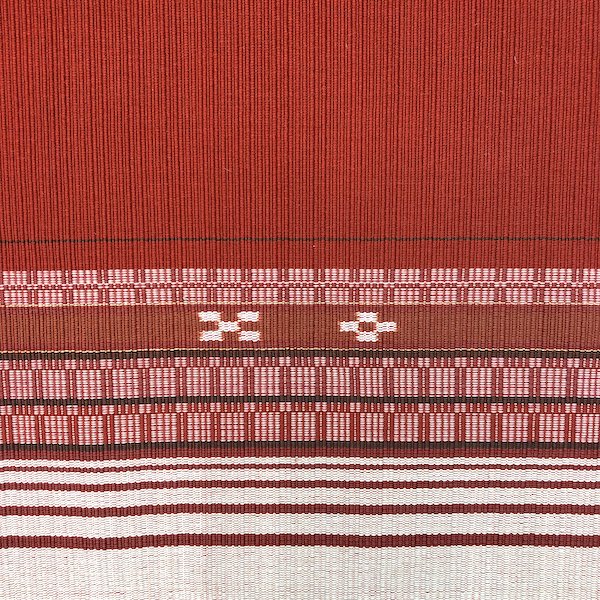
Yassami Black
At each end of the Kasuri is the Yassami pattern that resembles the legs of a centipede. These are thought to represent marriage and convey the message, “Please come and visit us often.”
